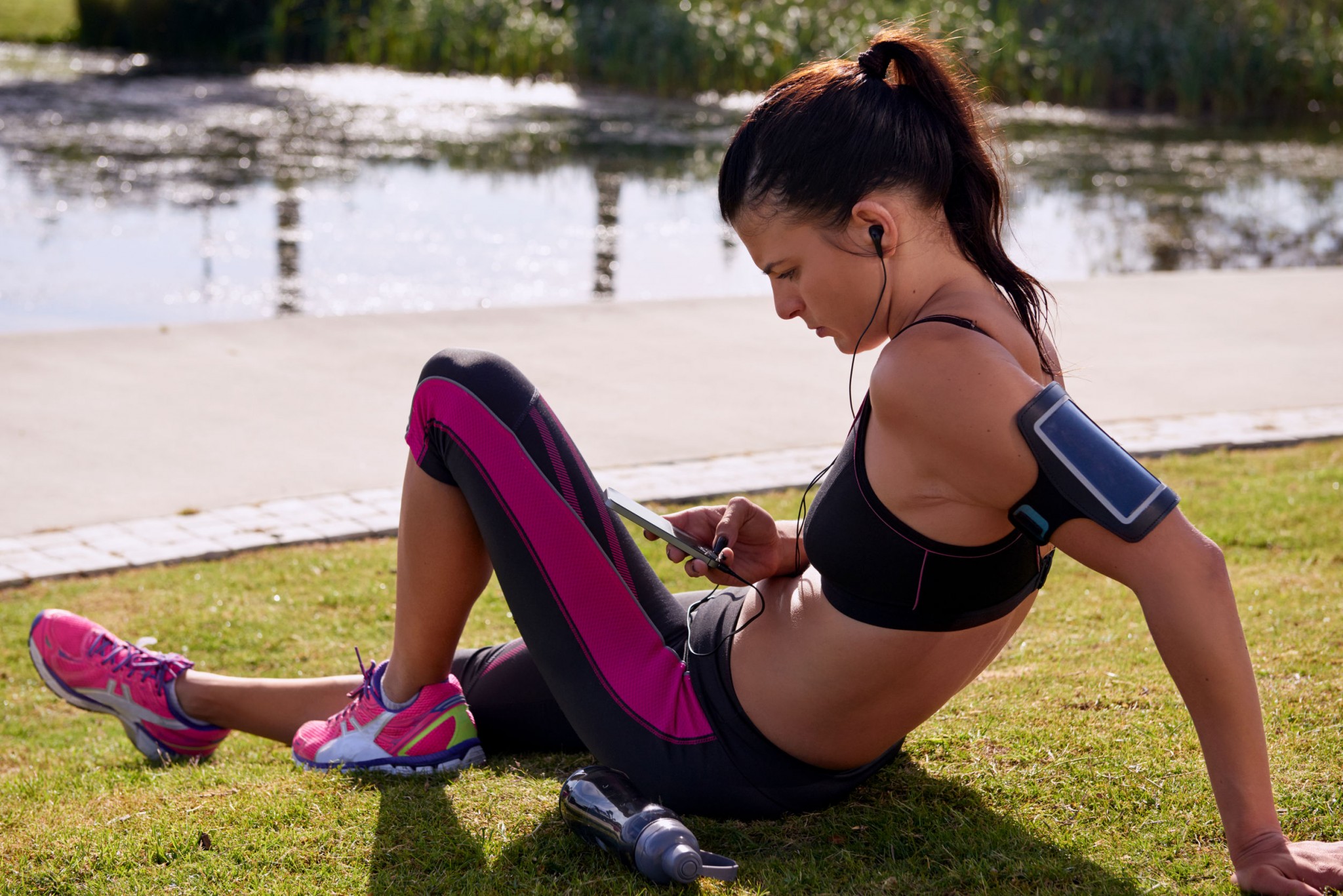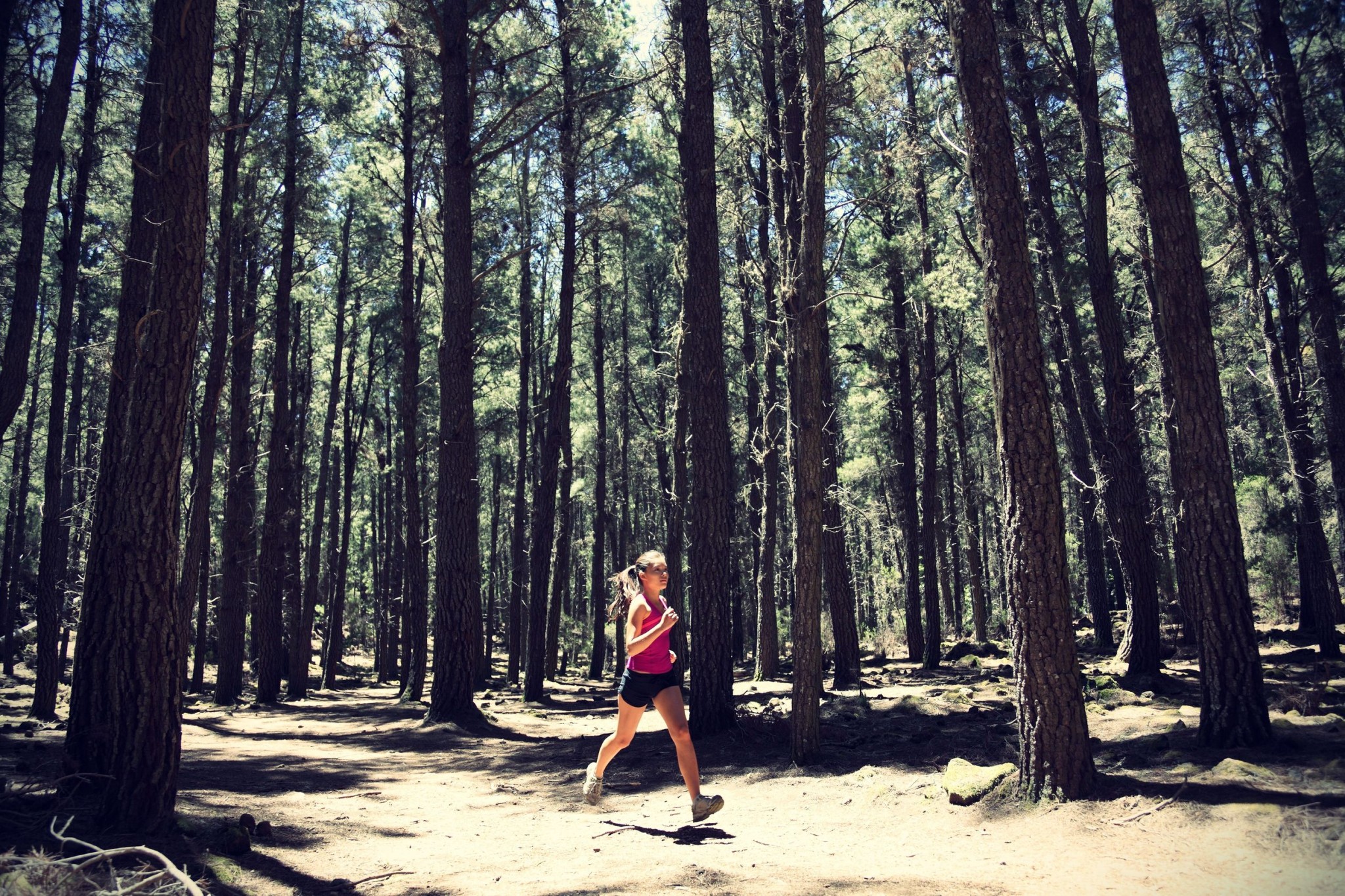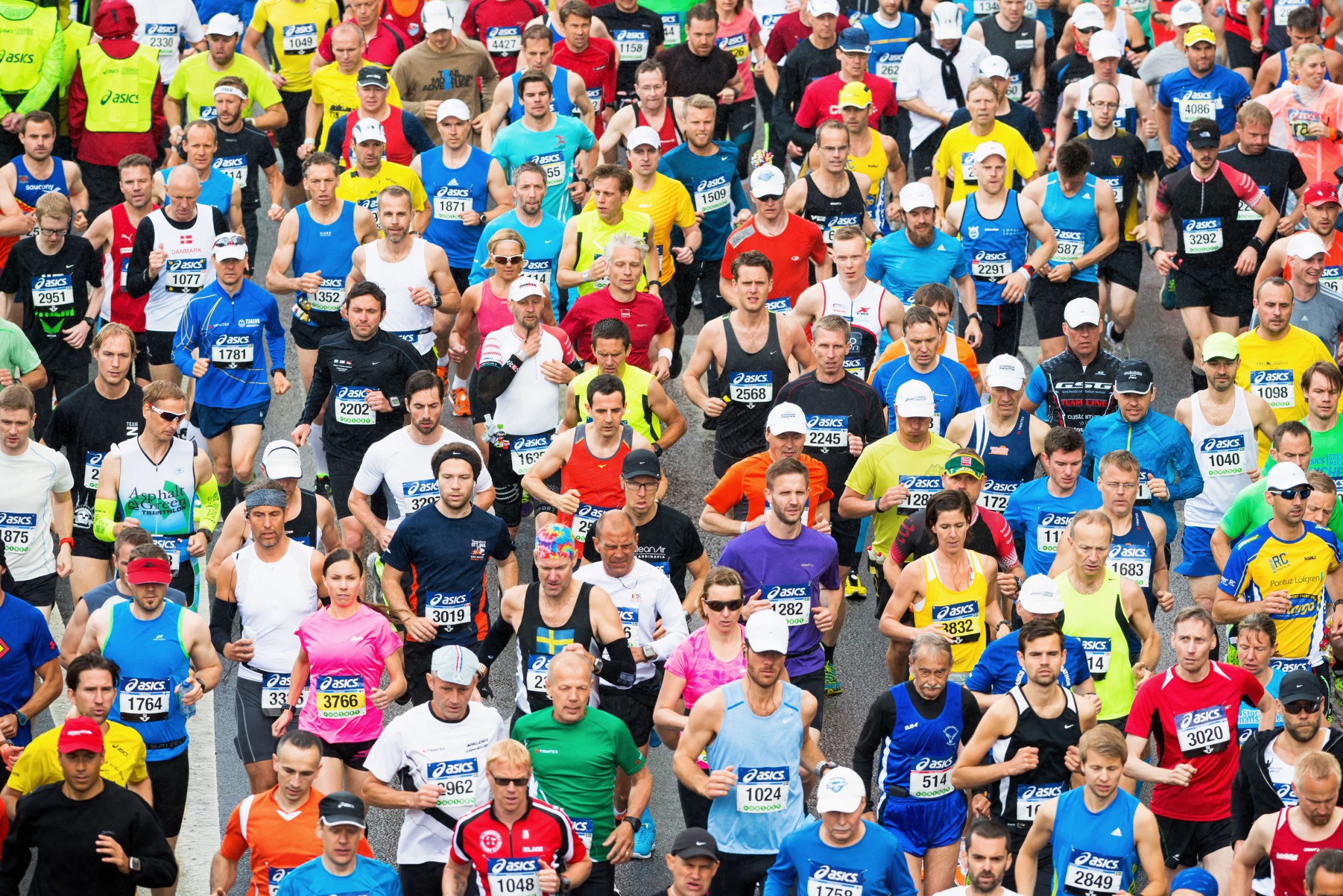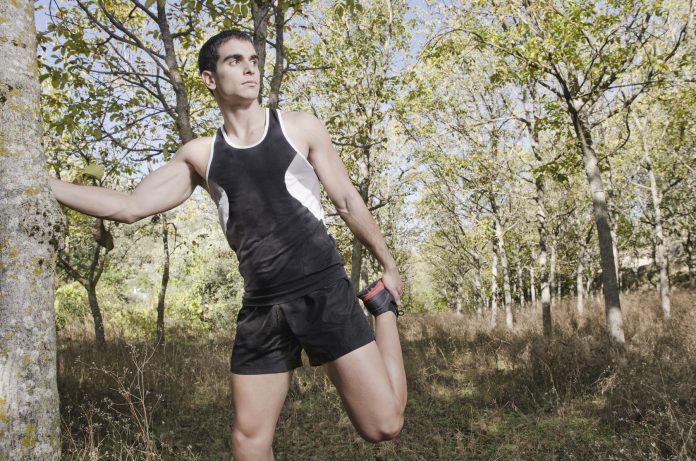Many group runs are sprouting up all over Singapore. I worry when I watch people get together for that mandatory selfie and immediately start their run, some speeding off at a competitive pace within seconds. These people could end up hurting themselves and getting injured – simply because they did not warm up correctly.
Why warm up?
“I don’t have time to spare, it’s boring or I don’t think it’s necessary” – these are the usual reasons why runners skip the warm up. Most runners hold a sedentary job, sitting behind a desk, or hunched over a keyboard all day. The warm up prepares the body for exercise. It is essential to help your body transit from a sedentary ‘office’ mode to ‘sports mode’.

Muscle fibre activation
Our muscles comprise of fibres much like an elastic band. They store potential energy that can be unleashed when we contract or extend them. When running, these muscle fibres and tendons are stretched and undergo lots of strain. A warm up will reduce the risk of muscles and tendon injuries.
Warming up also increases blood flow and raises muscle temperature. Muscle and body actions are controlled by chemical reactions that work best at an optimum temperature achieved with a good warm up.
Improving your range of motion
Warm up that involves movement reduces ‘viscosity’ or that stiff feeling before you start your run. Don’t believe me? Try a good stretch when you get out of bed. I guarantee you will feel much better with a maximum stretch (range of motion).
Neuromuscular activation
By going through the stretching movements prior to running, your brain and nerves are ‘rehearsing’ the muscles to produce the same motion. It’s like a pre-game team prep talk, getting all your body parts ready for action. Your co-ordination and reaction times will be vastly improved after a warm up.
There are a few other reasons why a warm up is good for you not covered in this article but I hope you are convinced so far. But there is one more important thing – the wrong warm up could actually be bad for you!
The difference between dynamic and static stretching

Everyone that does a warm up always includes some form of stretching. Did you know there is at least six different types? For example, static stretching is where you hold a stretched position of a joint or muscle in a fixed position (hence the word static) while dynamic stretching involves moving through a full range of motion but without bouncing in and out of that range. A classic static stretch is the standing ‘touch your toes’ action. The dynamic equivalent of that would be standing and doing a straight leg forward swing.
Always remember to do static stretching only *after* a workout and NOT before. Dynamic stretching is for pre-workouts. Here is why.
Static stretches makes your muscles go to sleep
Static stretching can put a muscle (specifically the muscle’s Golgi tendon organ) into a state of relaxation and it will reduce their power and strength (1), exactly the opposite of what you want before a workout or a race! Dynamic stretching on the other hand, will improve power and agility (2) plus all the warm up related benefits listed earlier.
The recommended 5-step warm up routine with dynamic stretching
- Start with a whole body warm up movement – either jog for at least 10 minutes, if there are time and space constraints, do a series of calisthenics that includes running on the spot, alternate high knee lifts and jumping jacks
- After the jog, stride 50m and alternate that with a 50m jog, do this at least three times.
- Include a few simple running drills – for distance runners, I recommend knee-ankle lifts, butt kicks, straight leg bounds and various Skips
- Some Light body weight exercises – full squats, push ups, side lunges
- Round off with Dynamic stretching

Now you are ready for your workout or run!
For those who are interested to explore besides the two types above, you can do further reading on Ballistic, PNF (Proprioceptive Neuromuscular Facilitation) and Isometric stretching – some of these stretches are highly recommended and others to be avoided.
References


